The amazing thing about living in Bangalore is that in any direction I choose, each road going out of the city leads us to some special location, all within a radius of 100 kilometers.
Today we drive to a remote village called Avani to explore a 10th-century temple. Avani is a small village in Karnataka in the Kolar district, situated at a distance of 80 km from Bangalore.
It was February and the skies appeared so blue and devoid of haze, it was just vanilla to the eyes. So on an early Saturday morning, we jumped into our SUV and left towards Kolar.
Bangalore to Avani
The NH75 leading towards Kolar is fascinating. It is a pleasure to drive on these well-maintained roads, never mind the measly toll I had to pay twice.
The high-rise buildings along Whitefield were soon replaced by empty stretches of land with nothing but rocks and boulders. Along the way, my wife, Ranita spotted a lovely tree standing by itself in the endless barren land.
After crossing Kolar, we left the highway and turned right at the RPG Service Station. We drove for another 6 km along a pebbled road before we reached a settlement. A local villager helped us on our way towards the Ramalingeswara temple, which lies at the base of Avani Betta (hill).
The temple is protected by the Archaeological Survey of India (ASI) as a monument of national importance. Even though the temple structures were created sometime between the 9th-10th century, as per the ASI an inscription here dates way back to 399 CE.
Mythology of Avani
The name Avani is of Dravidian origin. It means “Earth”. The village finds a mention in history dating back to the days of the epic tale of Ramayana. Though it is debatable as Ramayana was written sometime around 500 BC. It is said that sage Valmiki’s ashram was located on a nearby hillock called Avani betta and it was here that the twin sons of Rama; Luv and Kush were given birth by Sita.
This part of the story when Sita lives in this ashram carries on from the time when Rama ascended the throne of Ayodhya. A rumor began doing the rounds about Sita, his wife, questioning her chastity due to her being kidnapped and kept as a prisoner by the Asura king Ravana.
According to the mythology, even the Gods attested to the chastity of Sita during the agni-pariksha, where she walked through fire to prove her purity. King Rama, in order to set an example of an ideal king, banished, would-be mother, Sita into exile. Banished and helpless, she was provided shelter by sage Valmiki in his ashram at Avani. I will not go into details about how she reached Avani from Ayodhya, which are more than 2000 km apart, but let us just enjoy the story.
Sita was very much distressed about being exiled, especially because she was already pregnant at that time. She started living in the ashram of sage Valmiki, heartbroken, always thinking about Rama. In due course, she gave birth to twin boys, who were named Luv and Kush.
Valmiki raised them in his ashram, imparting them all his Vedic knowledge. Even though he didn’t inform them of their parentage, he raised them like Kshatriyas (warriors). Years passed and the boys grew into adolescents.
Back in the kingdom of Ayodhya, it was advised to Rama that he perform the Ashvamedha yagya. The Ashvamedha yagya was used by ancient Indian kings to prove their imperial sovereignty. As a part of this yagya, a ceremonial horse was left to wander at will for a period of one year. Wherever the horse traversed, any rival could dispute the king’s authority by challenging the warriors accompanying it. However, everyone bowed to the majestic white horse from Ayodhya, accepting the greatness of Rama.
Wandering aimlessly, the horse reached the gates of Valmiki’s ashram. Luv and Kush who were still adolescents were charmed by the majestic white horse and they captured it. They had no idea about the purpose of the horse and brought it into their ashram. When asked to return the horse by the accompanying army, they boldly challenged the warriors to a fight.
As the news spread to Ayodhya, Rama sent Lakshman, his brother, to recover the horse. Against all odds, Lakshman was defeated by the young brothers. He was followed by Bharat and Shatrughan who also tasted defeat at the hands of Luv and Kush.
Surprised and shocked, Rama himself had to come to fight Luv and Kush. A battle broke between Luv-Kush and Rama. But before anything unfortunate happened, rishi Valmiki approached the scene and stopped the battle. He divulged to the kids, their parentage and commanded them to ask for forgiveness from their father.
On knowing the reality of the twin princes, Rama, and his brothers installed four shivalingas each in their respective names to absolve their sin, which they committed by waging war against the two adolescents.
These established shivalingas were called Ramalingeshwara, Lakshmanalingeshwara, Bharathalingeshwara & Shatrugnalingeshwara each for the four brothers. Successive kings later constructed a temple complex around these sacred lingas.
Ramalingeswara group of temples
Parking our car in front, we entered 10th-century temple through a huge gateway. The ancient temples known as the Ramalingeshwara group of temples were constructed during the period of the Nolamba reign. The Nolambas were a relatively minor South Indian dynasty compared to the Cholas, Chalukyas, and the Vijaynagara empire. They were feudatories of the Rashtrakutas and ruled over the south-eastern region of Karnataka which covers present-day Kolar and Tumkur. They were Shaivites and the temples they built were dedicated to Shiva. They ruled from 735 to 1052 CE and are also credited with the creation of the Bhoganandishwara Temple in Nandi.
The temples in the complex are built with granite blocks in the Dravidian style and they were initially commissioned by the Nolamba dynasty. Once the Cholas overpowered the Nolamba, they added some renovations of their own.
As I mentioned earlier, the temple complex comprises four main shrines dedicated to the four brothers – Rama, Lakshman, Bharat, and Shatrughan. It is said these lingas were installed by Rama and his brothers themselves in order to seek forgiveness from Shiva for fighting with Sita’s children – Luv and Kush.
Ramalingeshwara Temple
It was still early in the day and we were the only ones at the temple complex. The first structure we went inside was the Ramalingeshwara temple. It is sandwiched between the Lakshmaneshwara temple and the Shatrugnalingeshwara temple.
The temple consists of a sanctum (garbhagriha), a vestibule (antarala) and a hall (navaranga) with decorative pillars. The temple porch and pillars are decorated with various deities. I could make out a depiction of Trivikrama on the southern wall. This pillar, just before the entrance below has Ganesha carved into it.
On another pillar, I found this carving of a warrior. It could be a depiction of the war fought here.
The walls of the temple are also designed with various images of gods surrounded by floral motifs. The inner sanctum of the temple was poorly lit but I was able to snap this shot of the main deity, goddess Parvati.
You might be surprised to know that of all the existing religions only the Sanatan dharma followed by Hindus in India worship female goddesses.
Lakshmaneshwara Temple
To the west of the Ramalingeshwara temple lies the shrine dedicated to his younger brother Lakshman. The outer walls have pilasters surmounted by towers (shikhara).
This temple also has a garbhagriha, an antarala, and a navaranga. It is the most ornate of all the temples and houses the largest shivalinga. A Nandi statue sits near the doorway facing the shivalinga.
The big hall called navaranga is supported by four beautifully carved pillars with a rounded shivalinga at the far end. The pillars in the center depict dancers and musicians. Shielded from the wind and sun by the surrounding walls, they still have the carvings in a very healthy state.
Another interesting aspect of this temple is the carvings on the ceiling which display a sculpture of Uma-Mahesvara (Shiva with his consort Parvati) surrounded by an ensemble of ashtadikpalas (guardians in eight directions).
Let me give you a closer look at this fabulous work of art.
After exploring the interiors we walk towards the back of the temple where you can find a daring carving of the Kali goddess.
Apart from goddess Kali there are other gods and goddesses along the wall of the Lakshmaneshwara Temple. At the base pedestal of the Lakshmaneshwara Temple, you can see some really old inscriptions that have help understanding the history of the place. Many of them are barely visible because of constant erosion.
Beyond the Lakshmaneshwara Temple, the path turns north. In a corner, you can find another small temple called the Vigneshwara Temple with a small and beautiful idol of Ganesha
Shatrugneshwara Temple
On the east of the Ramalingeshwara Temple lies another similar temple, which is called the Shatrugneshwara Temple. It has a similar design as the Lakshmaneshwara Temple with decorated pillars and a ceiling. The Nandi statue here is missing. Maybe it was broken or more probably stolen.
This temple too has various deities carved into the ceiling with Uma-Mahesvara in the center.
This hall is also supported by decorated hexagonal pillars depicting dancers.
After exploring these three main temples, we went around to the northern part of the temple complex. Along the way, we captured some shots of deities along the walls of the Shatrugneshwara Temple.
This is an image of Natesha along the walls of the Shatrugneshwara Temple
The pedestal of this temple too contains some inscriptions which are in a much better condition than from the Lakshmaneshwara Temple. The external decorative elements of the temples for all shrines include friezes of elephants and lions. The design pattern is consistent with the temples in Hampi that were created during the heights of the Vijayanagar empire.
Right after, there is a mini temple dedicated to Vali and Sugreeva, the kings of Kishkindha.
Navagraha Temple
Just behind the Vali Temple is a mandap housing the Navagraha (the nine planets). What is Navagraha? It is the 9 other planets in the Solar System. Do not confuse this number with the total number of planets in our Solar system. In Vedic Astrology, Moon, Rahu, and Ketu are also considered planets. Anyways, it is still awesome to conclude that while the world was still debating whether the Earth was flat or not, Indian sages already knew about the existence of 7 planets that made up our Solar system. Take that Cambridge scholars!
..while the world was still debating whether the Earth was flat or not, Hindu sages had not only learned about the existence of 7 planets in the Solar system, but also how they exert themselves on human existence
The Hindus believe that Navagrahas play a key role in their destiny. and are responsible for all the good or bad times one faces in life. According to Vedic Astrology, significance is attached to the positions of the nine planets in the twelve constellations of the zodiac. People believe that the transition of Saturn, Jupiter, Rahu, and Ketu from one zodiac sign to another sign will bring good or bad or mixed fortunes.
Coming around a full circle, we found ourselves in front of a big Nandi sculpture.
From here we walked towards the back of the temple grounds.
At the back of the temple, we found a pranala jutting out of the temple. The pranala is a discharge outlet attached to the wall of the sanctum. It is used to discharge the abhisheka-teertham water, milk, ghee, etc. poured over the temple idols during worship.
From the back of the temple complex, one can see Avani hill in the background which we will be hiking later.
After a thorough exploration of the temples, we moved on towards the Avani hill, where at the summit, another piece of the puzzle of Ramayana waits for us.
Hidden away in obscurity, Ramalingeshwara Temple is another gem in the heritage of Karnataka. It is interesting that these places with connections to Ramayana keep popping over all over the place. Structurally maybe these might not be as amazing as the monolithic temples of Mahabalipuram or the enchanting monuments in Hampi, but these stories keep my interest going. Thanks for reading. Please leave me a comment if you liked the post. After exploring the temple complex, we set off for the hike to Sita Parvati temple at the top of Avani betta.
An annual festival is held for seven days from the 14th day of Magha-Bahula in honor Ramalingeshwara.
Disclaimer: The information presented in this article is based on the time I visited the premises. Note that there might be changes in the prices of merchandise and admission fees that might have occurred after this article was published. At times the facility might also be closed for repairs or for variety of other reasons. Kindly contact the facility or facilities mentioned in this article directly before visiting.
Usage of this site indicates acceptance of my Terms and Conditions.
Credits: The historical information presented herein is gathered mostly from local guides that were re-inforced via historical writings.
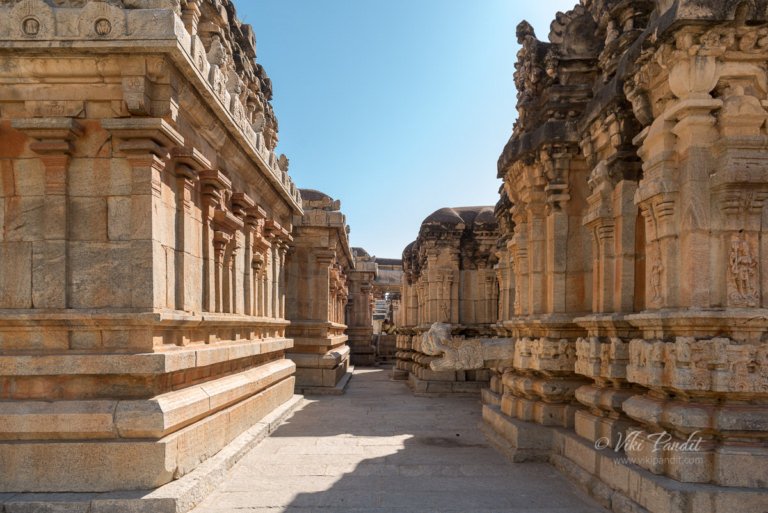
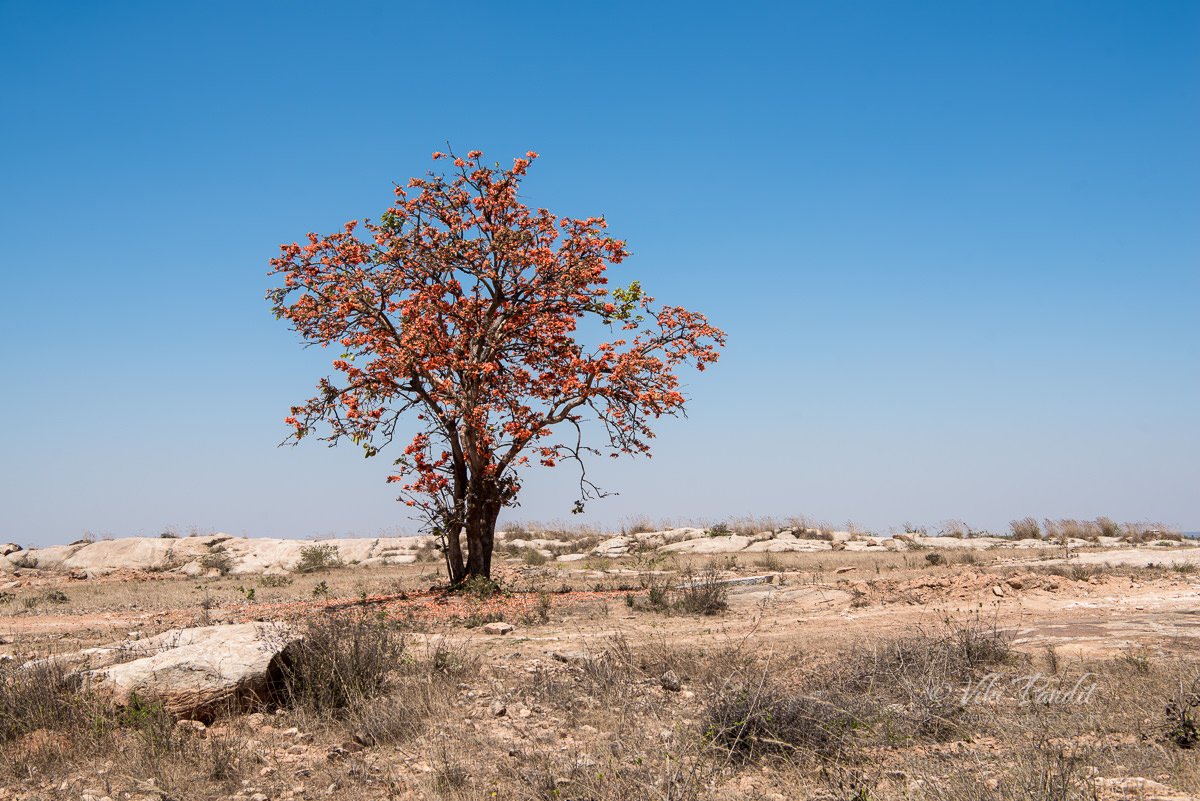
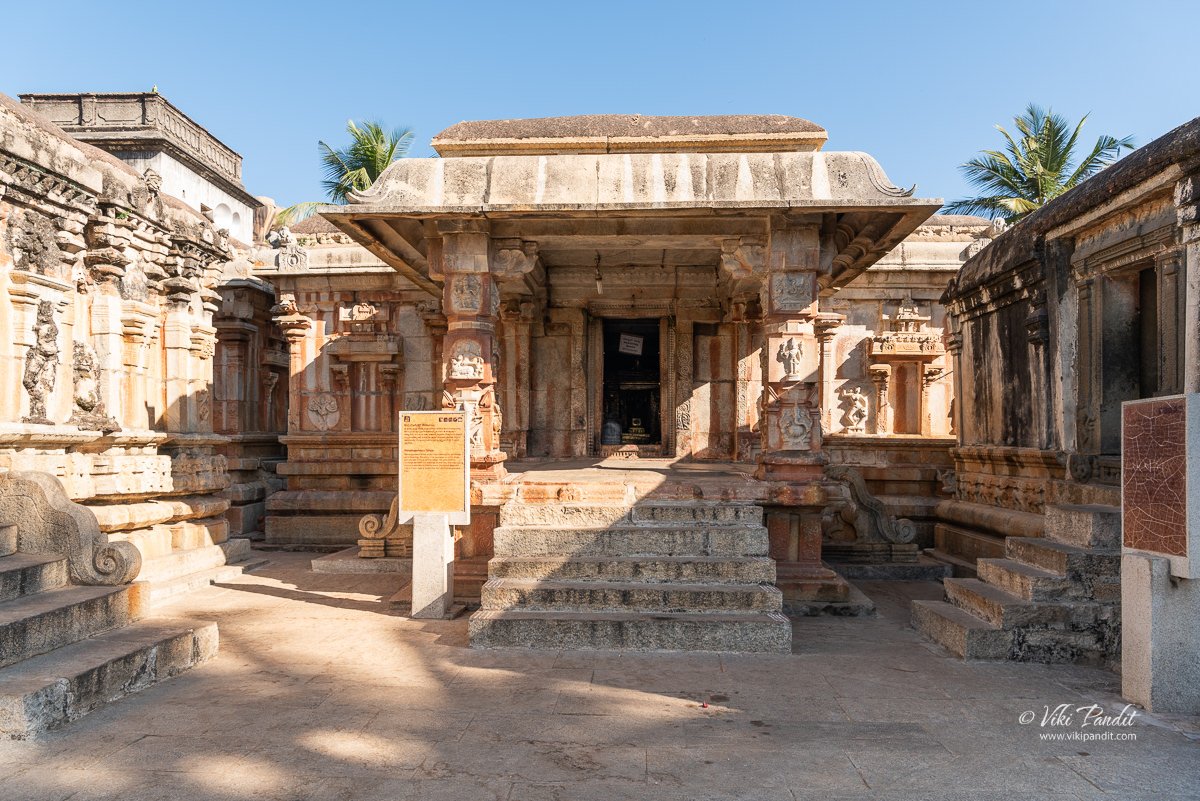

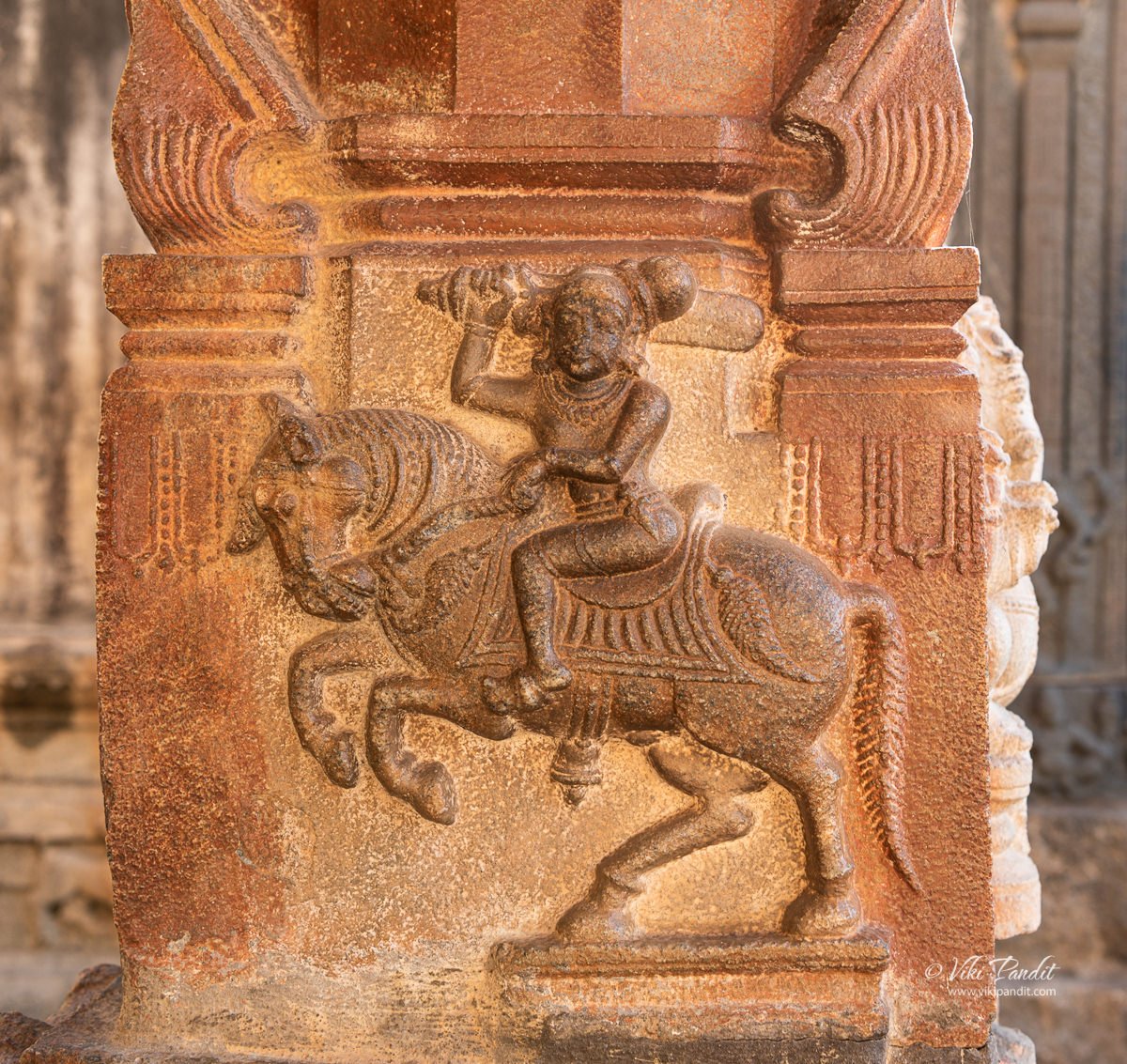
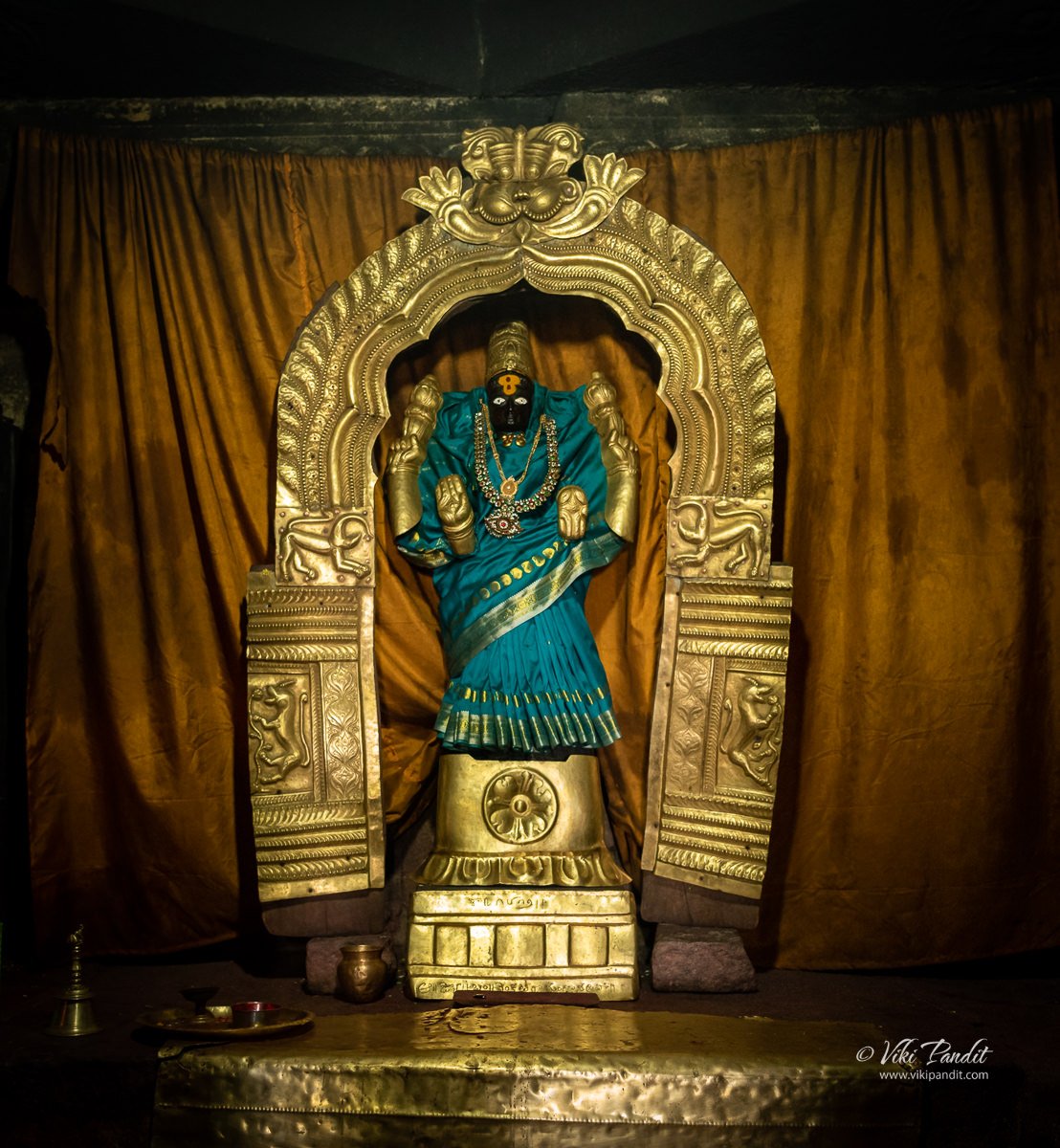
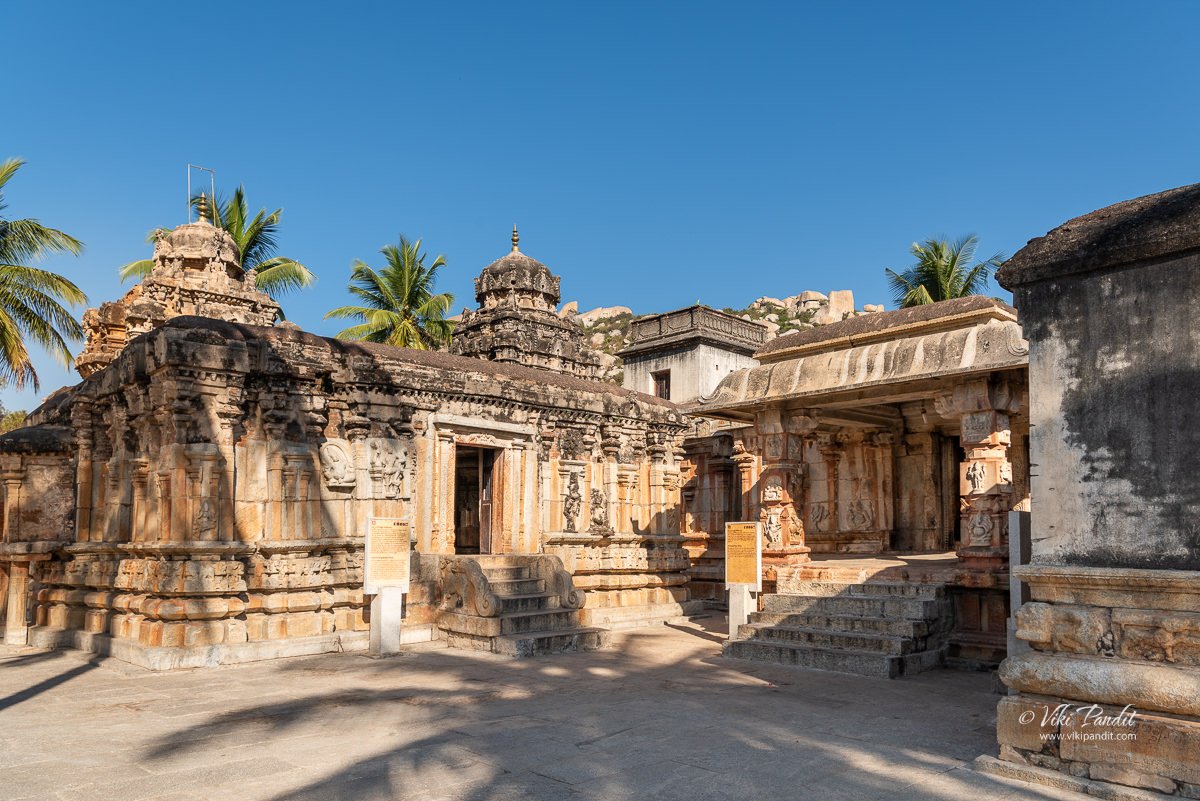
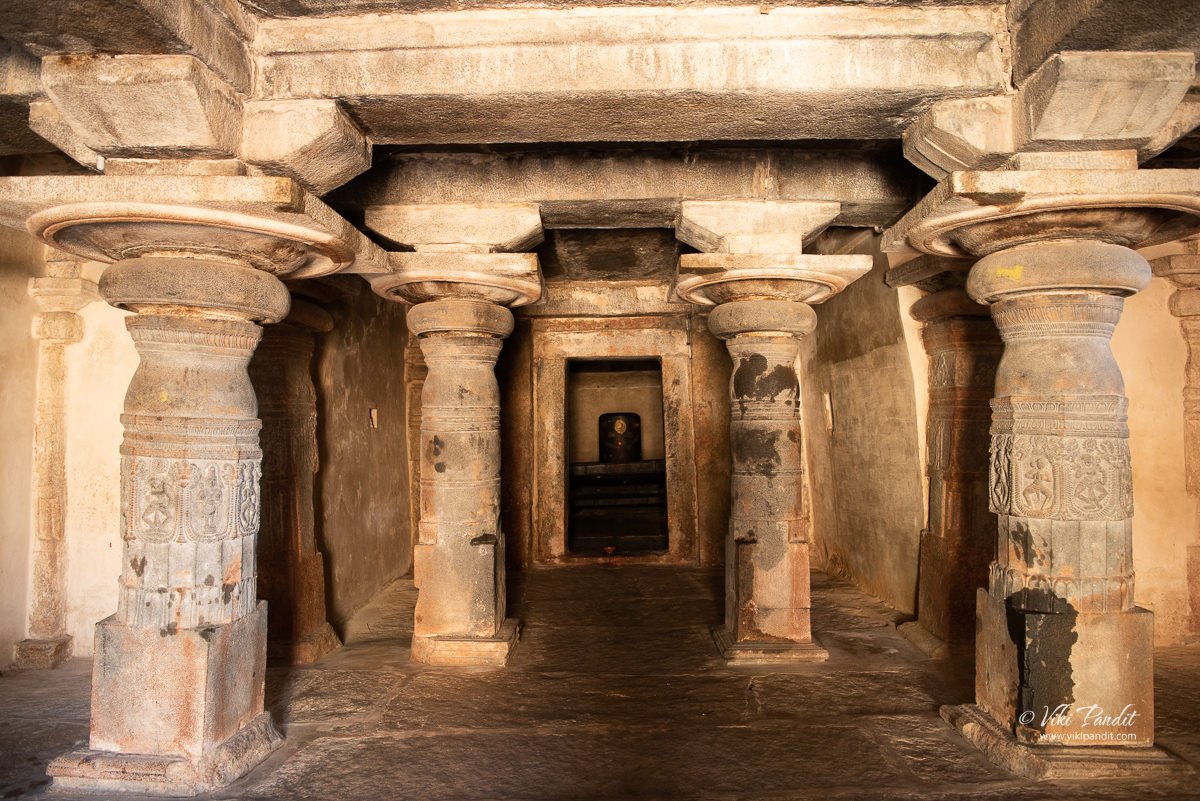
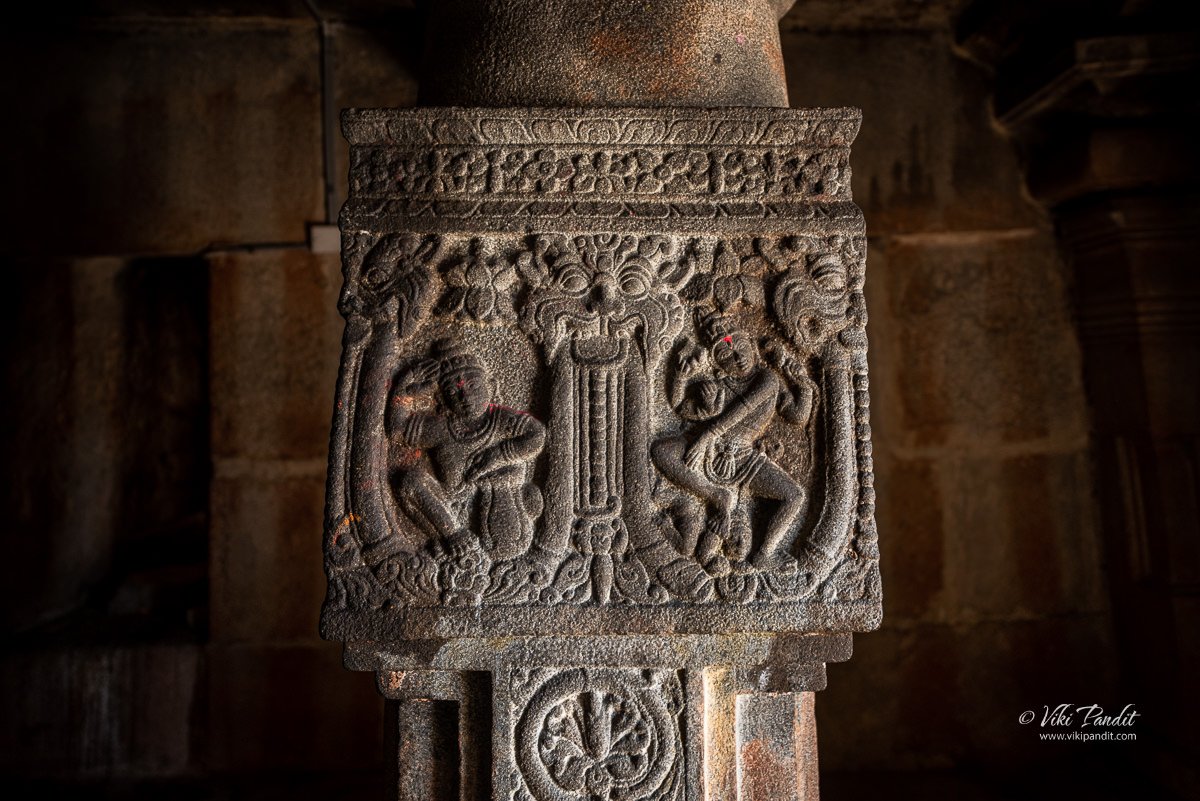
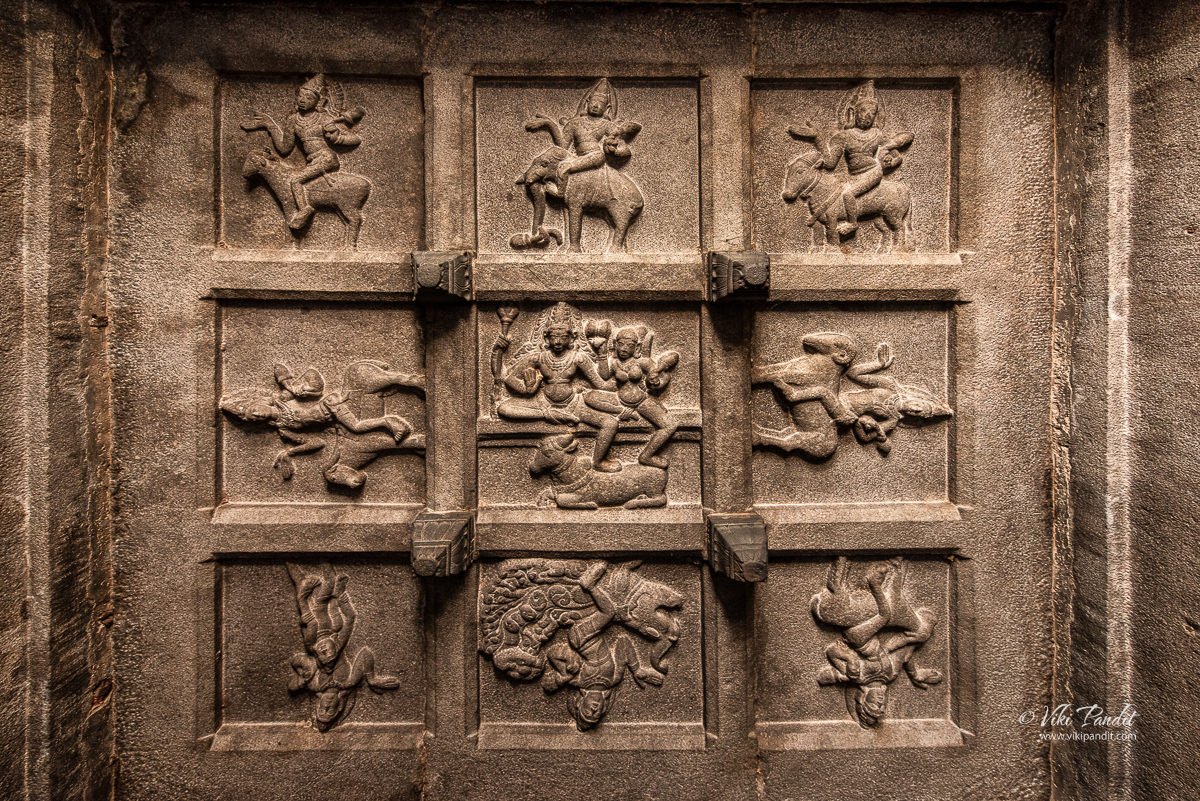
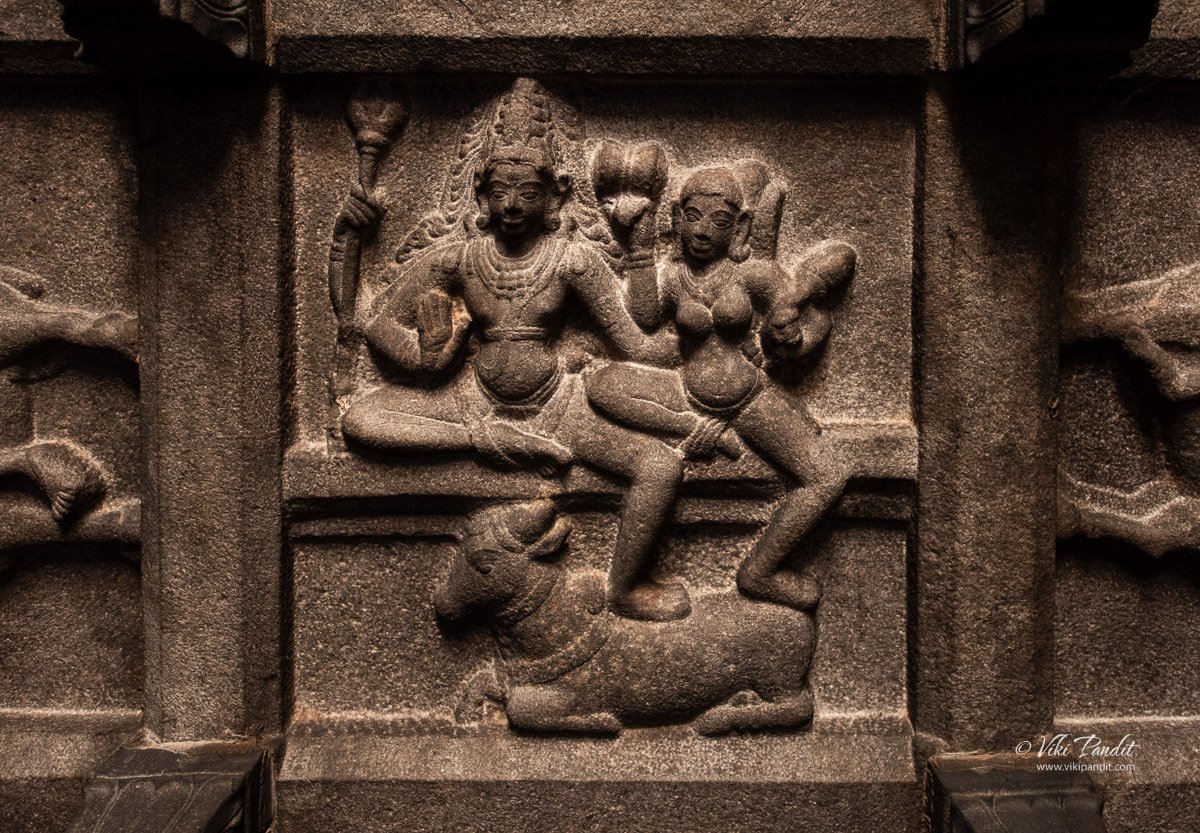
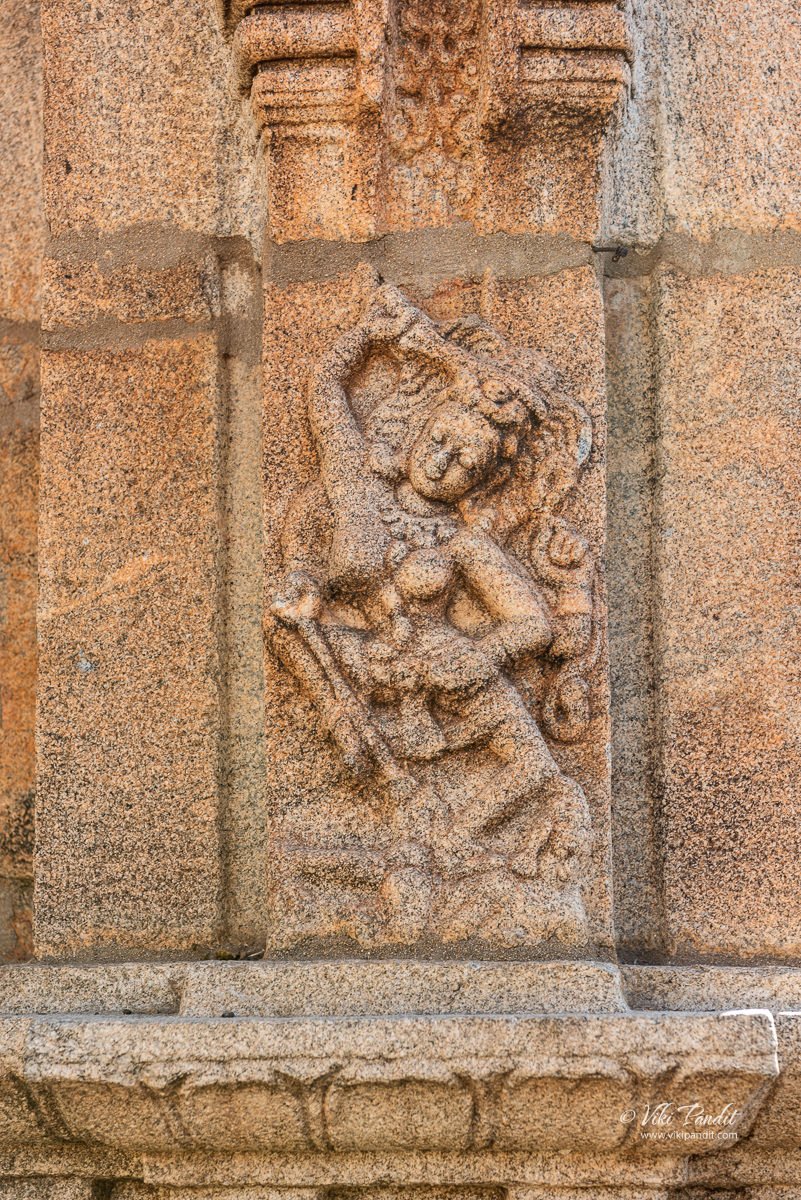
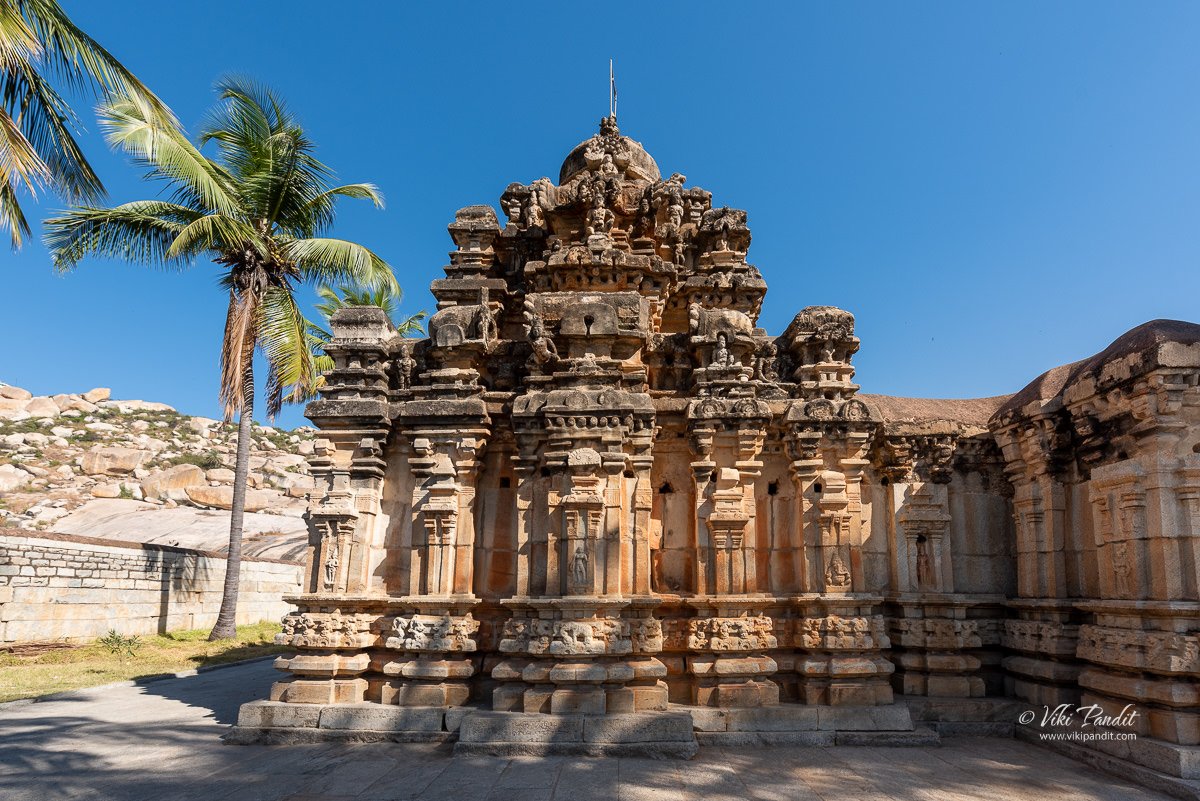
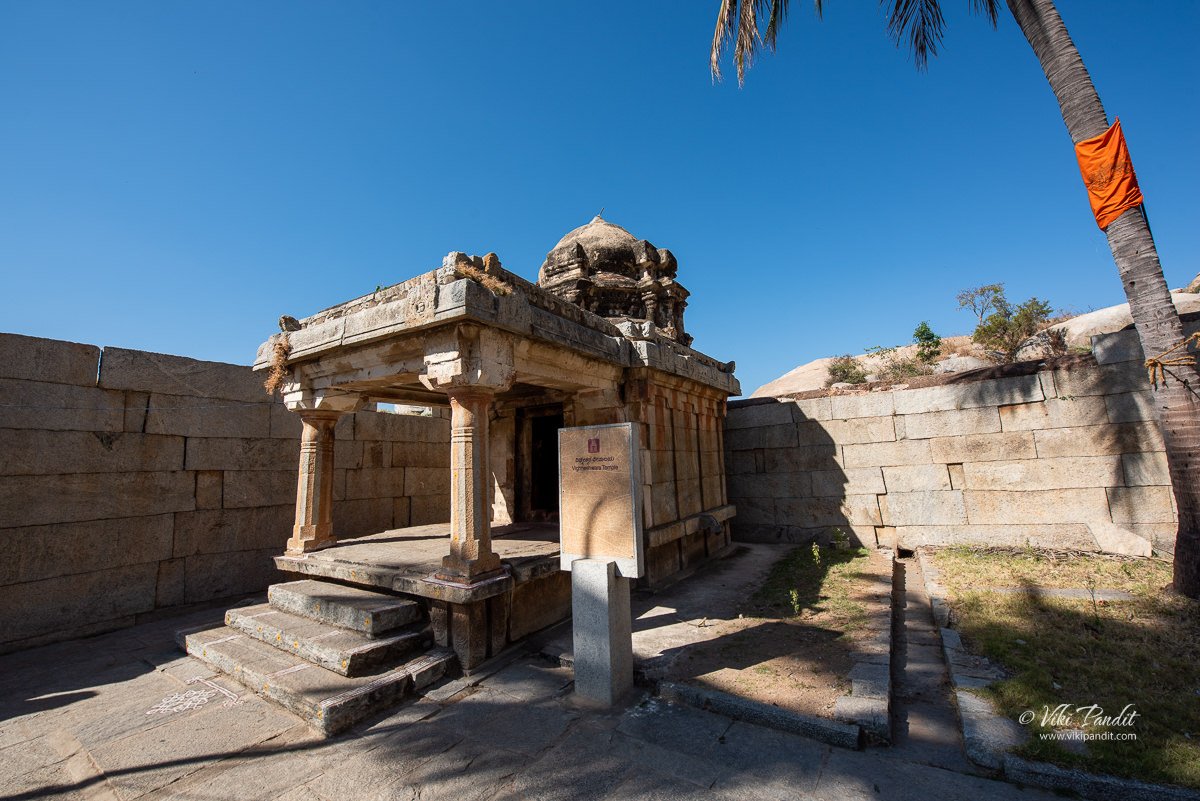
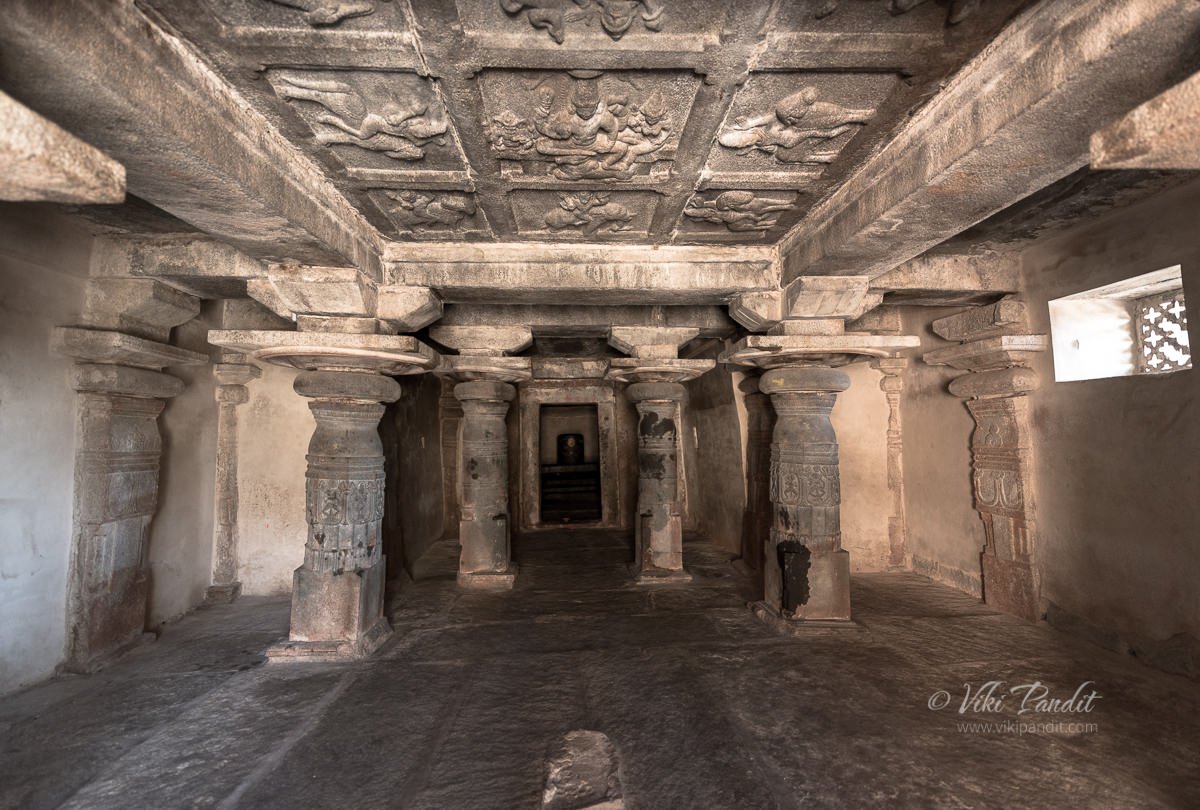
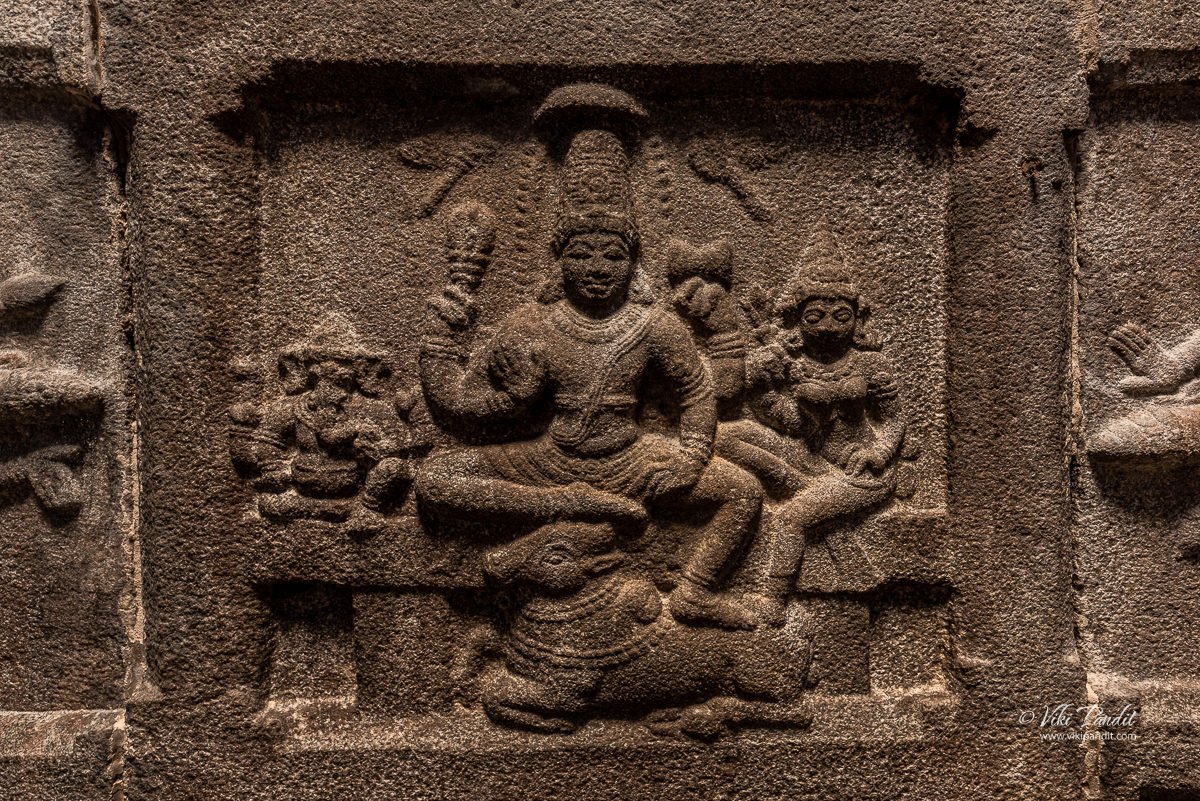
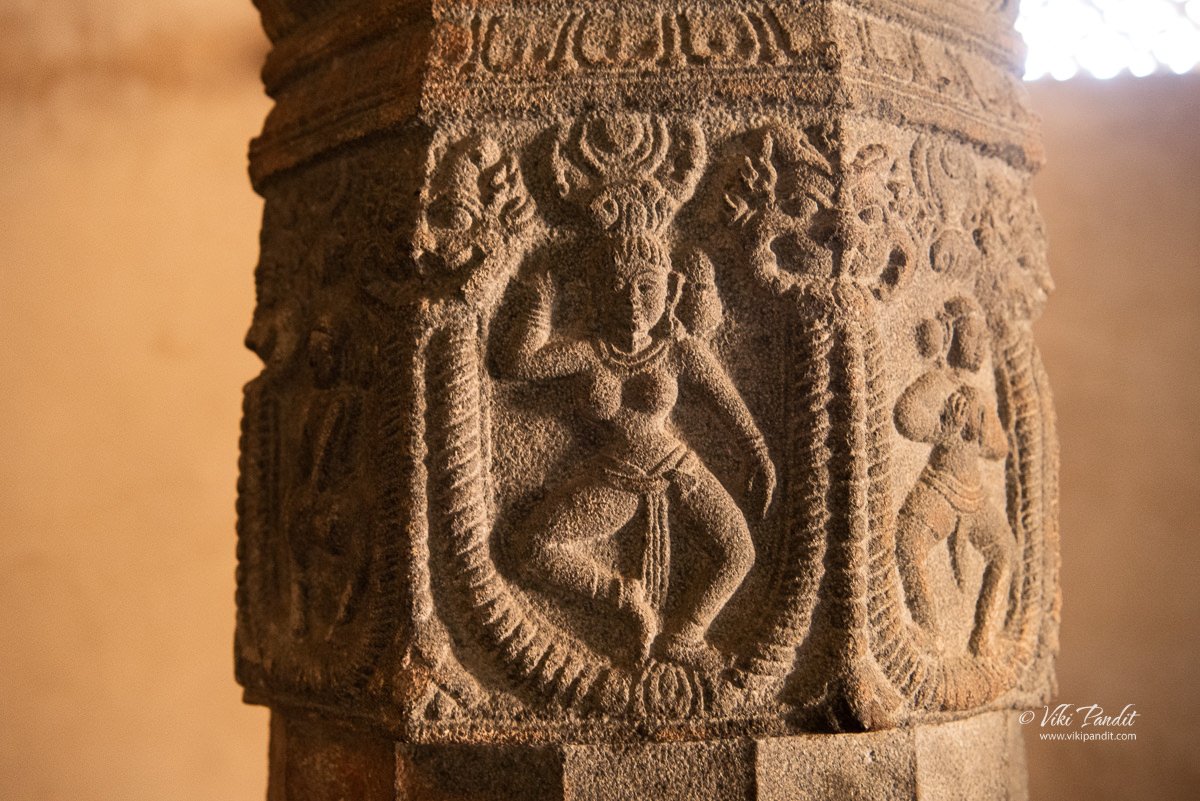
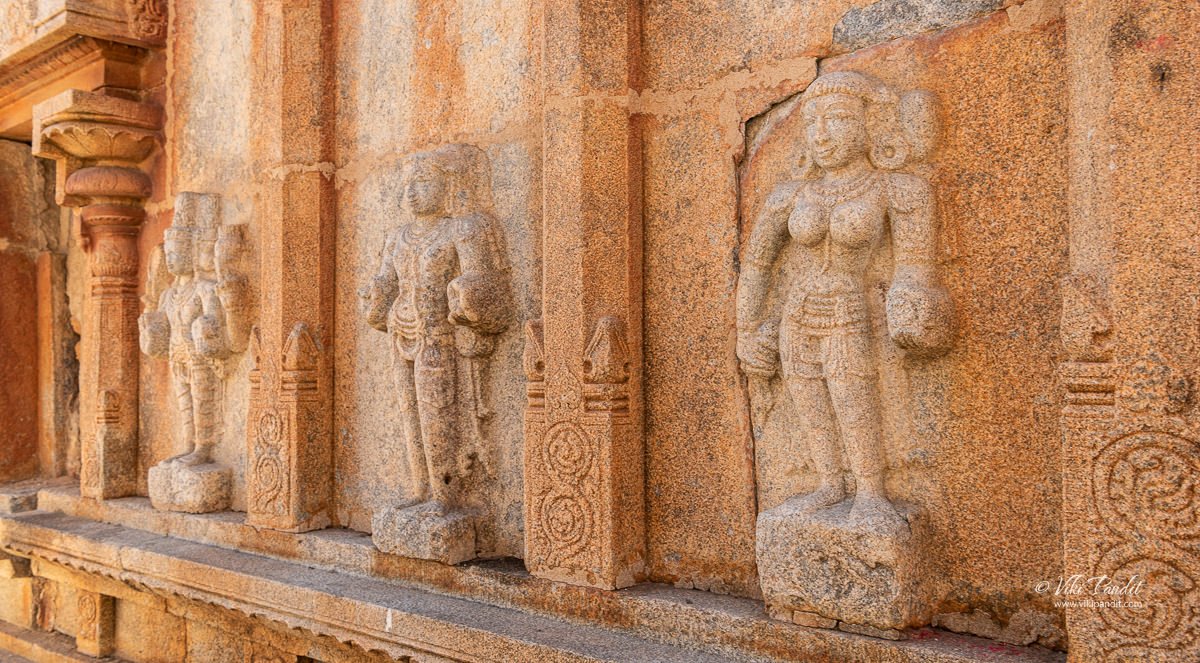
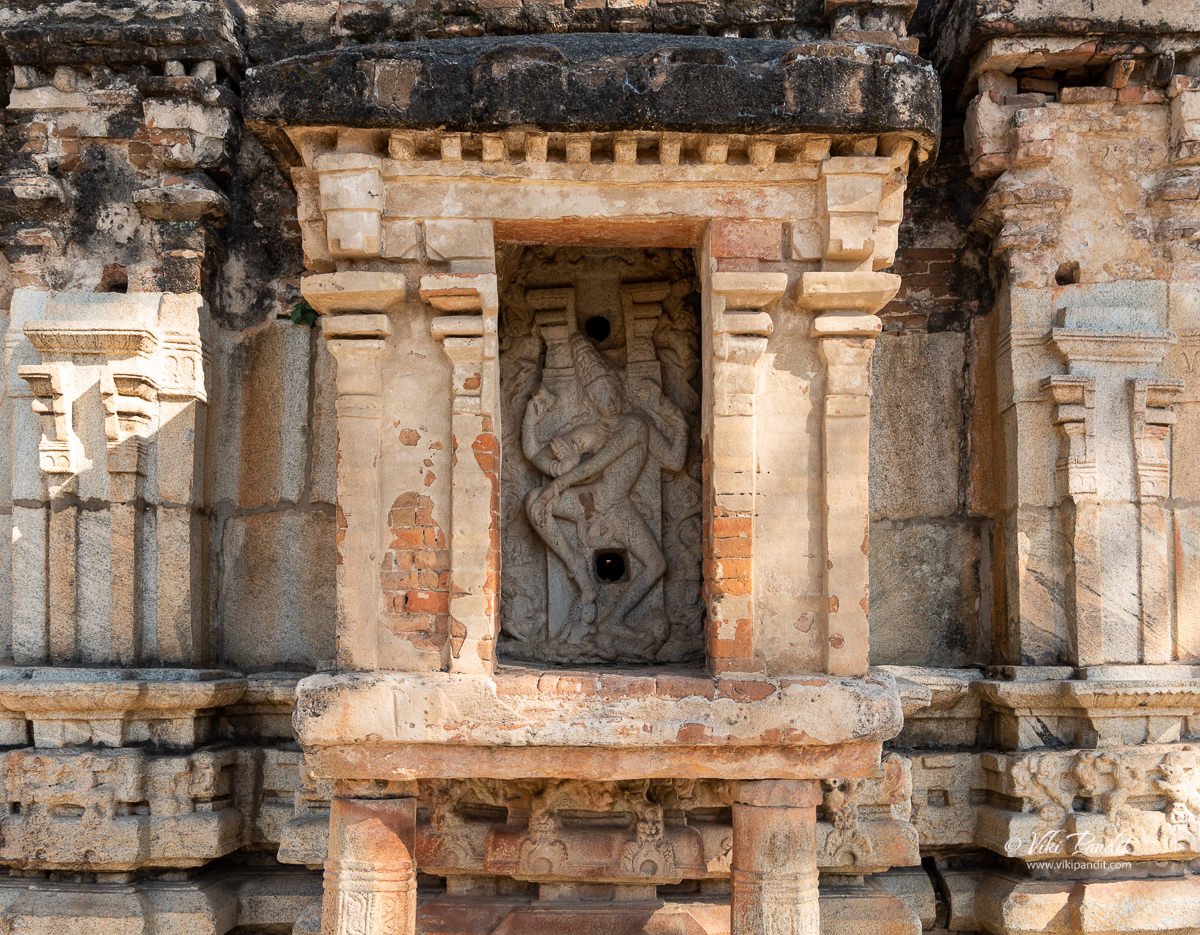

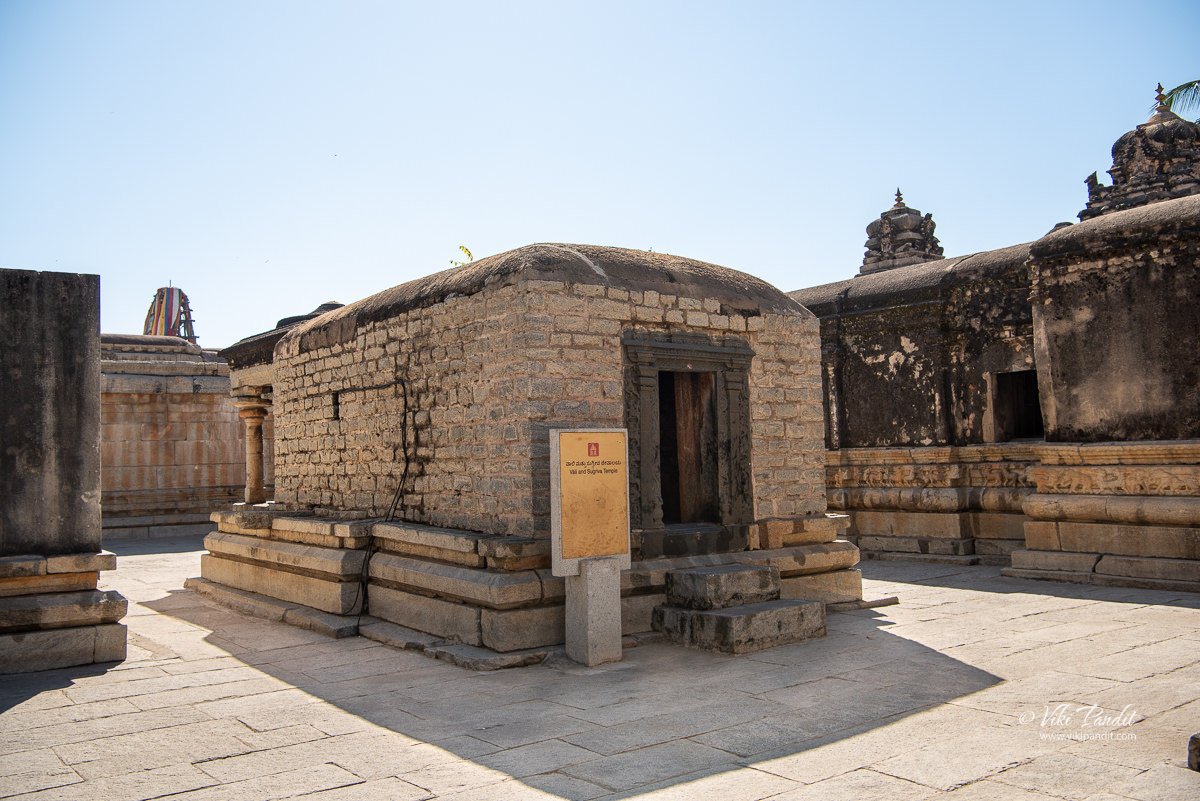

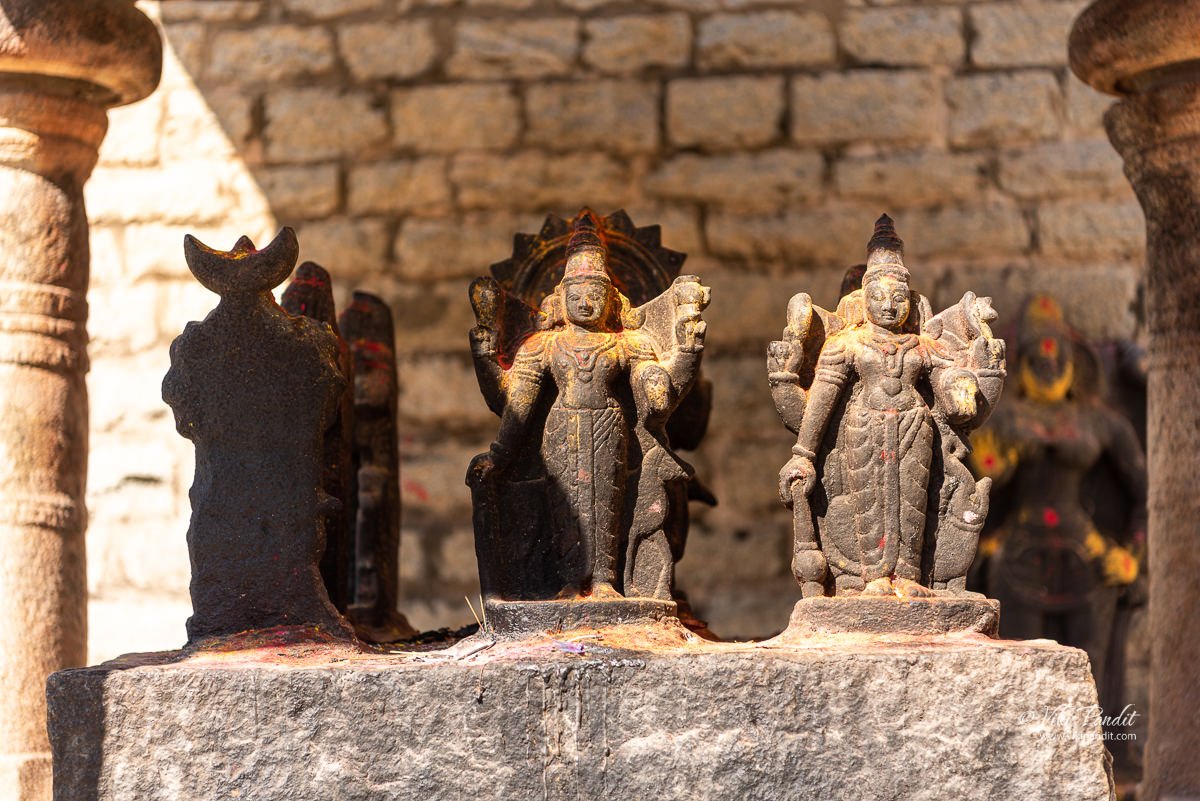
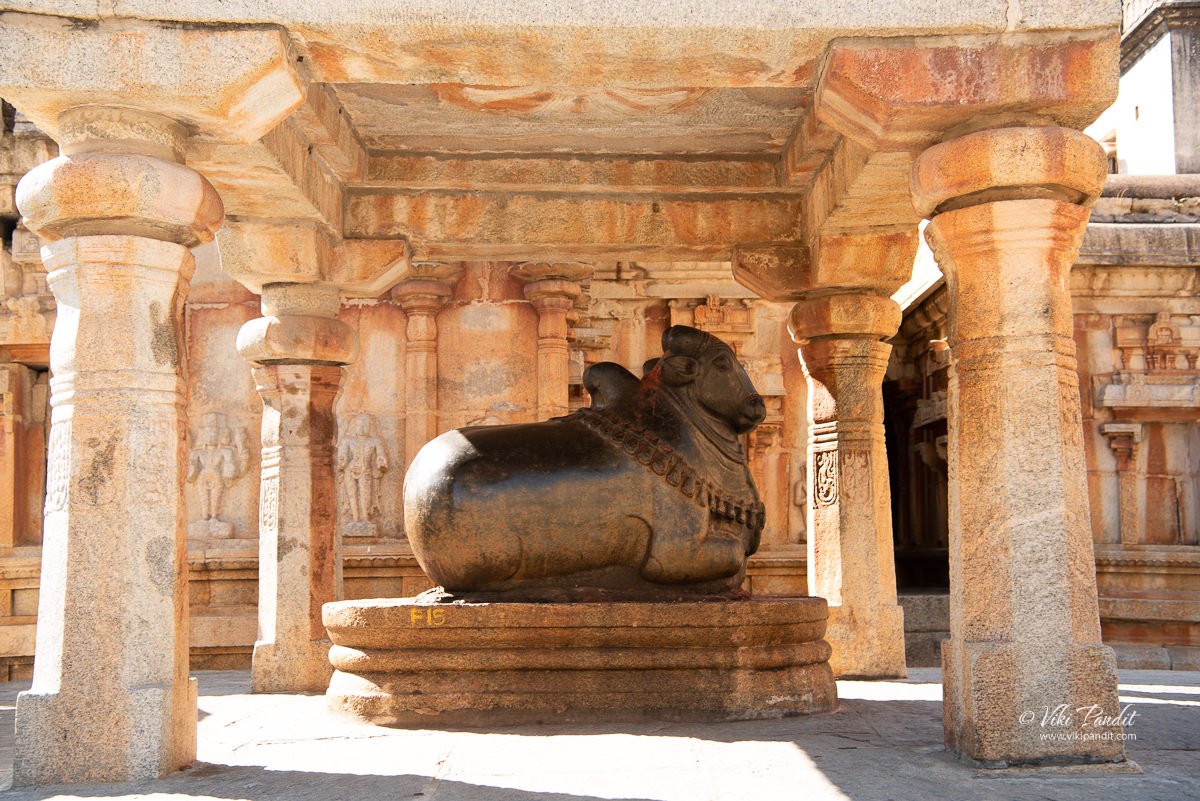
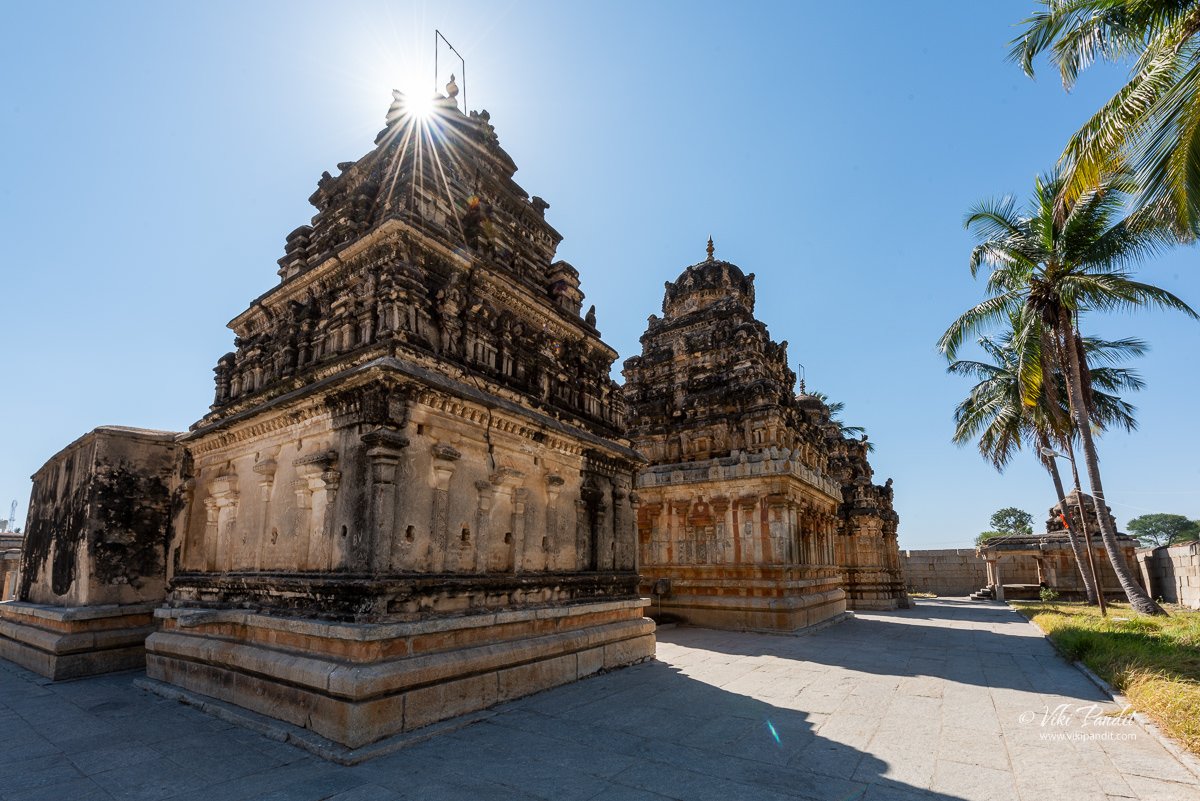
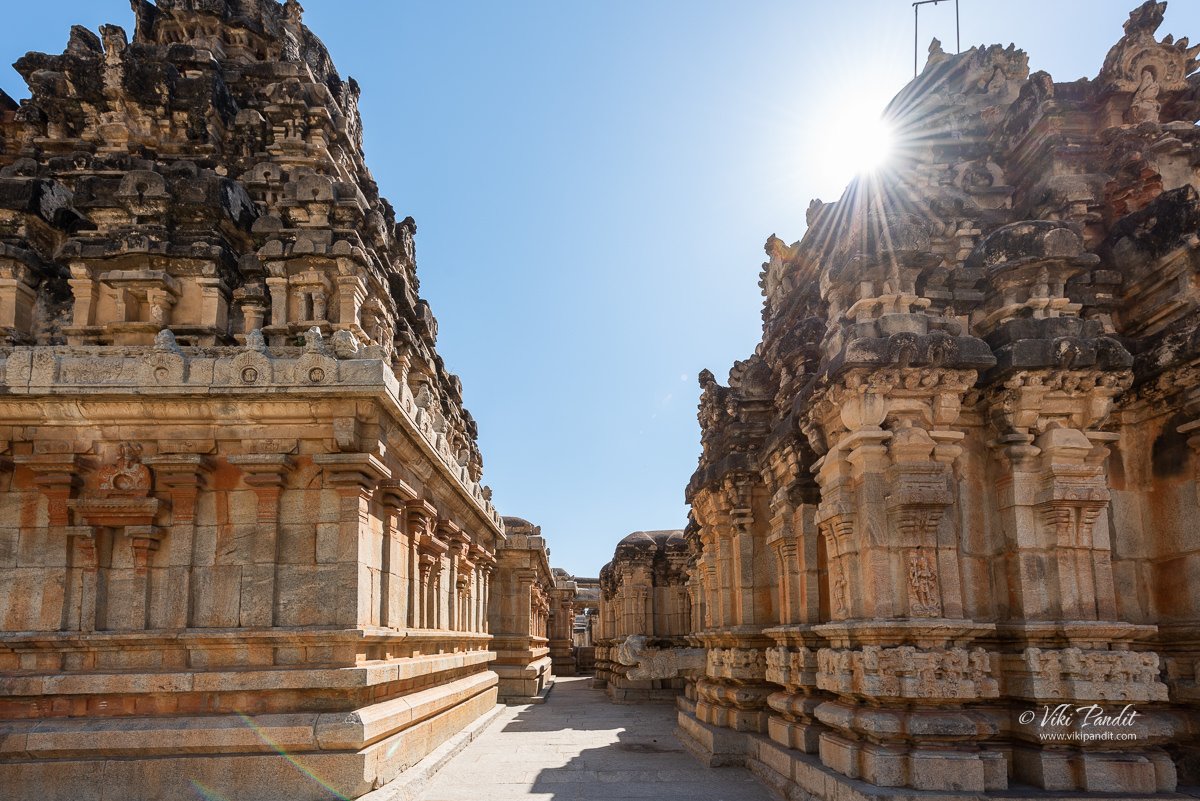
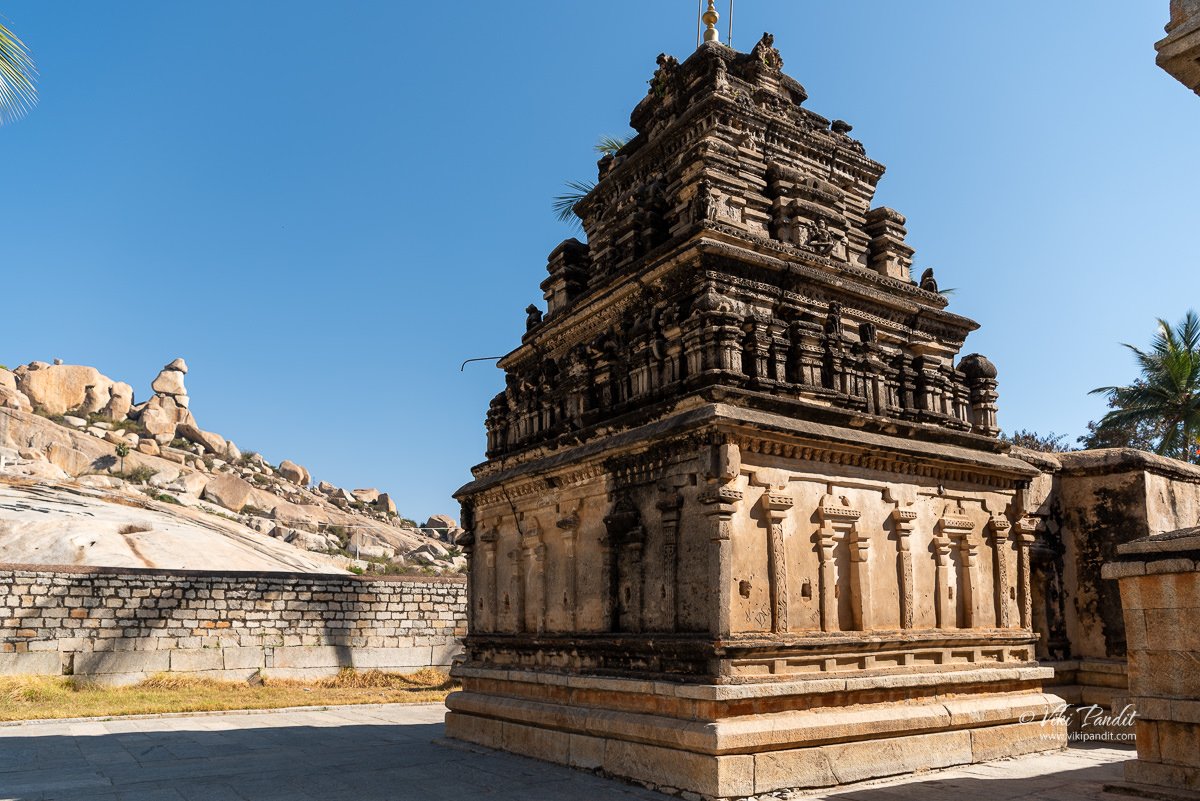
I also visited this Temple in August 2024. It is really a wonderful Temple which requires more time to see all the details. Narayan dear park and these temples are worth to see. My Indian friend has described very well. I am also writing the things which I saw during my Japan visit and preparing a book for Marathi readers’ Chala jag phirya ‘